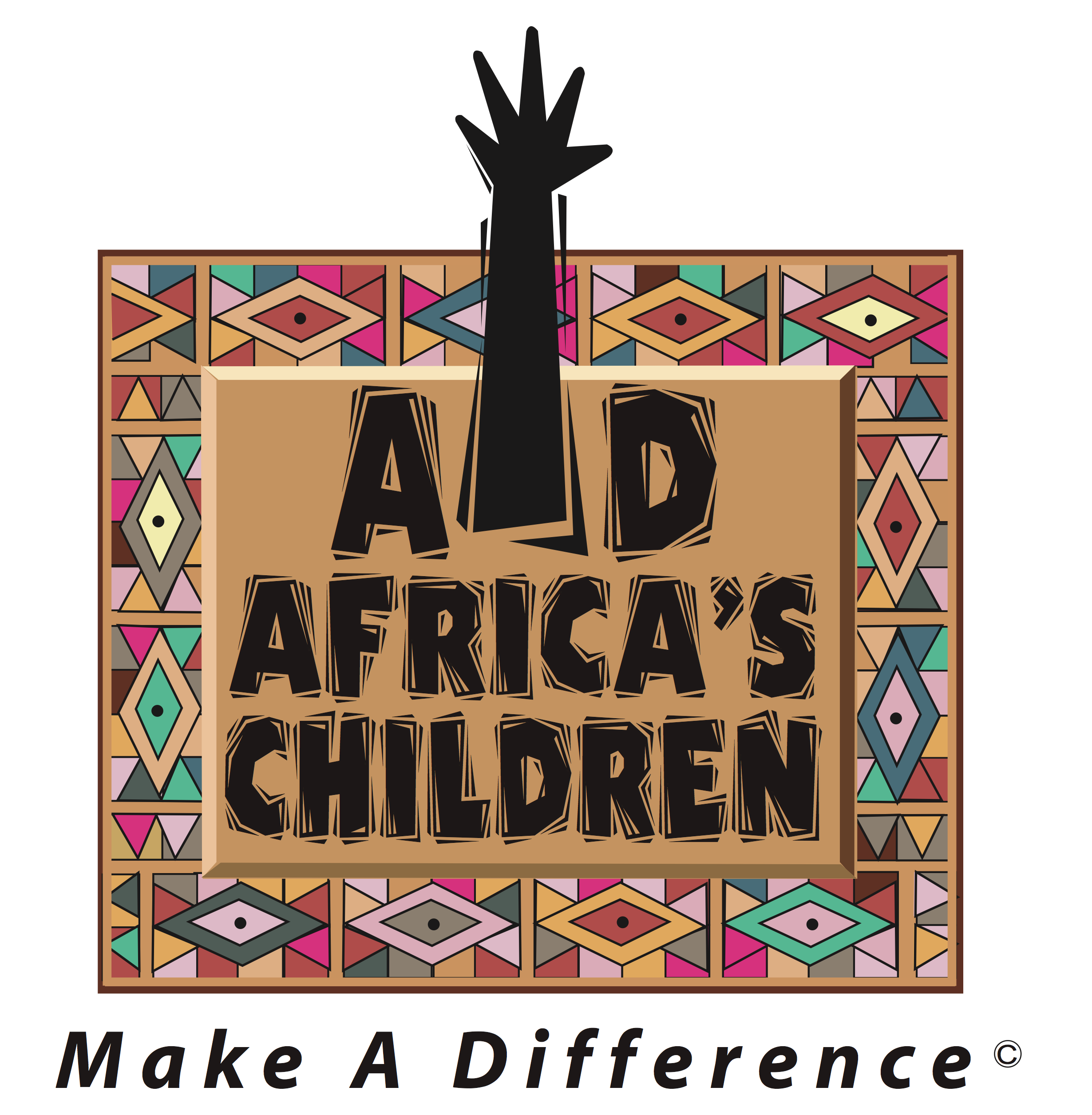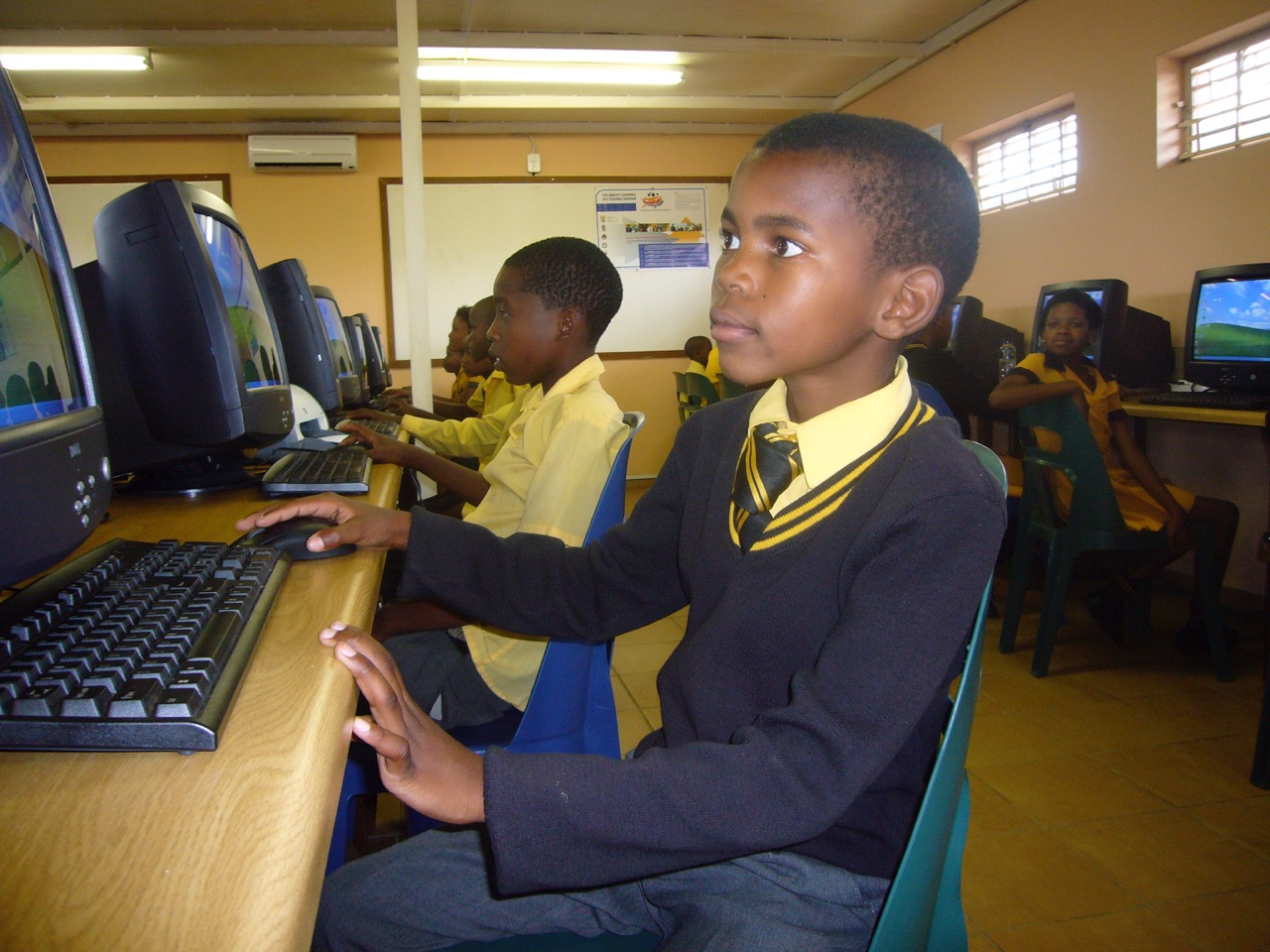Crisis Intervention
Sometimes tragedies occur that threaten the life, health, or welfare of communities and regions. At the time of crisis, those communities and especially the children need to rely on help from people willing to share their time, expertise, money, and caring. Aid Africa’s Children is deeply committed to helping impoverished African communities offering emergency medical care, food programs, access to clean water, HIV/AIDS education, mosquitos nets and medication to prevent malaria.
Medical Mission
A large part of Aid Africa’s Children’s commitment to making a difference in Africa is using our volunteer’s medical expertise to improve and positively impact the health of the villagers. First, we assess and research the most common diseases and health issues of communities we visit. This helps determine what are the best medical treatments, medications, and educational tools that we can offer. Our mission trips include preventative measures like HIV/AIDS education and countermeasures to malaria with treated mosquito nets and antimalarials (malaria medication). Since Africa has such a high infant mortality rate, we teach the American Academy of Pediatrics Association’s “Helping Babies Breathe” program. It is an easily taught neonatal resuscitation procedure designed for limited resource countries. By educating others how to prevent or deal with their most pressing medical issues, we are offering hope and solutions to improve the overall health of a community.
Helping Victims of AIDS
"Do white people get AIDS?” We were asked this question on a medical mission trip to Africa. It is one of the reasons why we have taught AIDS education in Africa to dispel the myths and help reduce the stigma of the victims of AIDS. In Africa, once you have AIDS you are shunned and your children are ostracized as well. Employment is near impossible. Aid Africa’s Children is addressing some of these issues by helping the growing number of AIDS orphans in Africa, and create entrepreneurship opportunities for the Sisonske AIDS support group in Lethabong, Africa.
Food Programs
Starvation and malnutrition are a continuing crisis throughout Africa. There are many different reasons we have been moved and compelled to help children who are hungry. In conjunction with our education program, Aid Africa’s children helped supplement a food program at Sjambok School for over 900 students.
Mosquito Nets
The World Health Organization’s reported in 2015, “an estimated 90% of all malaria deaths, mostly children under five occur in Africa." Aid Africa’s Children travelled by plane, bus, ferry, taxi, and donkey to bring 350 malaria nets to the remote Kome Island in Tanzania. Learn more about Aid Africa’s Children efforts to fight malaria on their travels to Tanzania, Africa’s Malaria belt.















